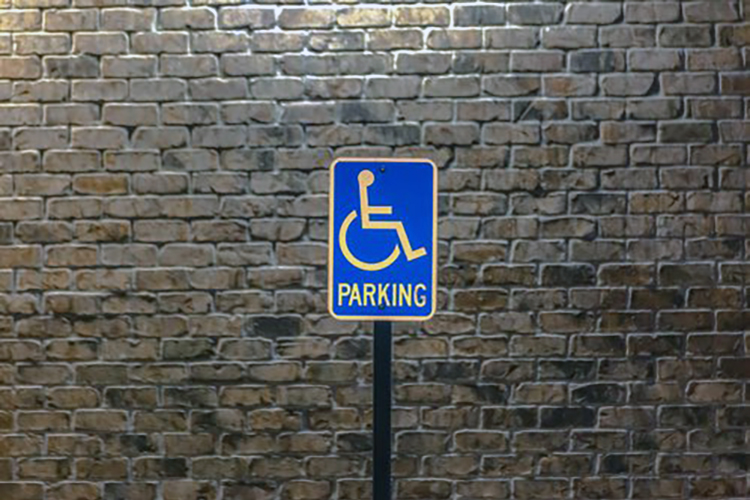A well-placed parking lot sign installation is crucial for ensuring clear, safe navigation in commercial properties. Before focusing on interior property management, it is essential to have organized and highly visible parking signs that promote a smooth traffic flow in both surface lots and parking garages. Partnering with a professional parking lot sign installation company near me ensures signage that keeps tenants safe, informed, and free from confusion.
Below are key considerations for evaluating the effectiveness of your parking lot sign installation:
1. Proper sign retroreflectivity
Whether tenants arrive early or leave late, clear and visible parking lot sign installation services are essential. Retroreflective parking signs in Dallas improve safety, much like proper lighting, ensuring high visibility for critical signage such as ‘Stop’ and pedestrian crossings. Since retroreflectivity fades over time due to weather exposure, replacing old signs is necessary to maintain compliance.
2. Efficient stenciling and Reserved Parking Signage
Many commercial properties rely on Reserved Parking stencils, but these can lead to increased maintenance costs over time. Instead, parking lot sign installation contractors recommend using mounted or hanging signs to reduce long-term expenses while ensuring clear visibility.
3. Maintaining ADA Accessible Parking Signs
Compliance with ADA guidelines is essential. Handicap parking signs must be mounted at least 60 inches above the ground and marked appropriately, including ‘Van Accessible’ labels. Regular replacement of faded or damaged parking signs ensures continued compliance and visibility.
4. Coding parking areas with signage and color
For larger parking lots and garages, color-coded parking signs can help reduce confusion for visitors. Options include color-coded floor signs near elevators or walls to make navigation simpler and enhance the user experience.
5. Parking Lot Sign placement
The exact place in which is a sign is posted seems like an easy enough task, but there are several variables to consider when deciding exactly where a ‘Stop’ or ‘One Way’ sign should be placed. Proper parking sign placement is critical for safety and clarity. Parking lot signs must be positioned perpendicular to their intended viewers and kept clear of obstructions like overgrown foliage. Regular landscaping maintenance or strategic positioning ensures unobstructed visibility for motorists.
With over 40 years of experience, C & D Commercial Services is a trusted, family-owned company specializing in commercial property maintenance and masonry services across Dallas-Fort Worth. Our expertise ensures high-quality, long-lasting solutions tailored to meet the needs of businesses, and commercial properties.
✔ Proven Expertise Since 1981 – Delivering professional commercial maintenance and masonry repair services.
✔ Comprehensive Property Solutions – Specializing in parking lot sweeping, power washing, ADA compliance, paver installation, and masonry services.
✔ High-Quality Workmanship – Expert in brick, block, stone, and stucco installation and repair.
✔ Family-Owned & Customer-Focused – Prioritizing exceptional service, and customer satisfaction in every project.
For expert commercial maintenance and masonry services, contact us today for a free quote!





